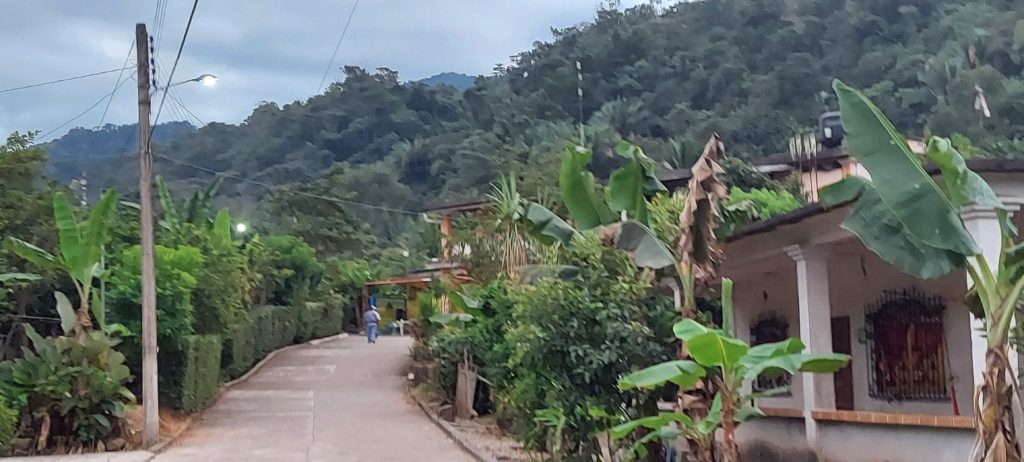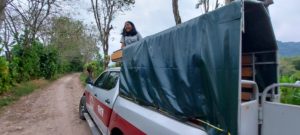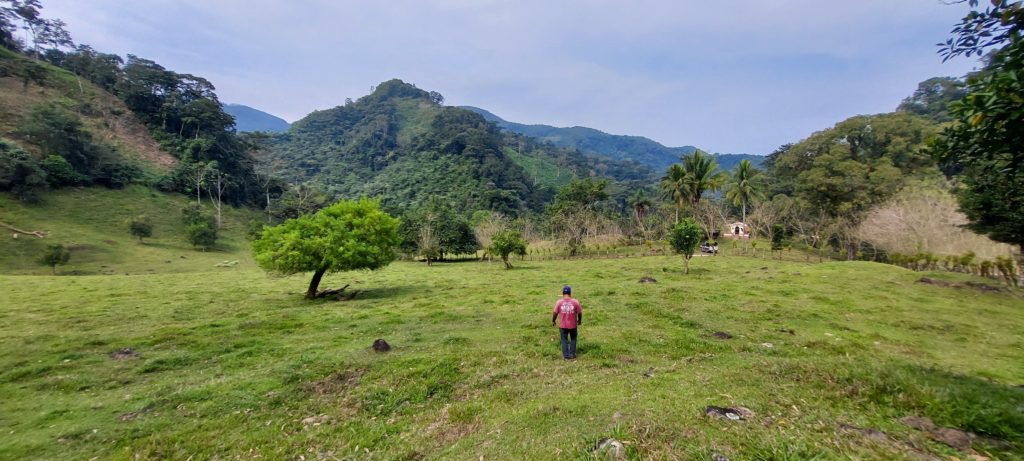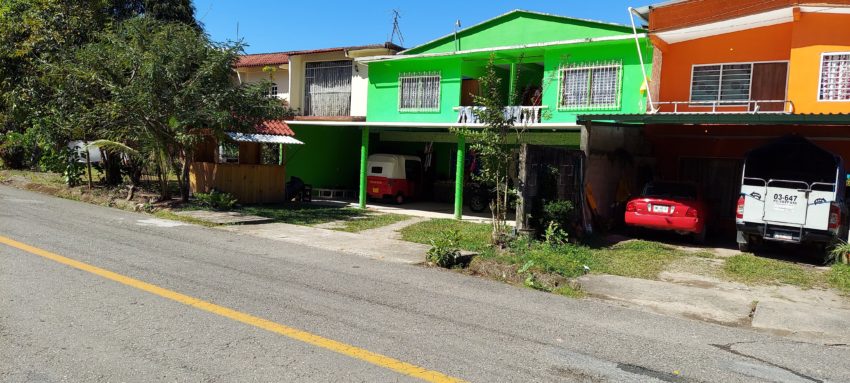Activists often speak as though the solutions we need have not yet been launched or invented, as though we are starting from scratch, when often the real goal is to amplify the power and reach of existing alternatives. What we dream of is already present in the world – Rebecca Solnit
The dream of home ownership in the US is slipping beyond the reach of many as housing prices in desirable neighborhoods escalate faster than wages and speculators buy homes to turn them into income-producing rental properties.
Other countries have encountered situations similar to ours–and worse–and found solutions in their past. In 19th century Mexico, for example, many small farms were forcibly consolidated into sprawling haciendas owned by a few wealthy and politically connected families. Farmers who were too poor to own land themselves worked on the landlords’ haciendas for poverty wages.
When haciendas were finally broken up as part of land reform after the Mexican Revolution in the early 20th Century, some communities that received land from the government held it in common using an indigenous system, known by pre-Columbians as calpulli and later as ejido by the Spanish. Although the system specifics vary by individual communities, the basic idea is that while an individual can own a building, the ownership of the land it sits on is retained by the community. If a community member wants a particular section of land for a house, business, or farm, they petition their local committee for the rights to use the property. If the request is granted, the person is awarded the rights for small yearly fees that cover taxes, community events, and water access. But if homeowners and farmers pay so little for using land, how does the community finance infrastructure projects?
Alongside ejido are two other indigenous systems which detail the responsibilities that each member owes the community: cargo where an individual works at a specific unpaid community job, usually for a year, and tequio, where all adults work together on a particular project for the pueblo, often an infrastrucure project.
In other words, in communities where labor is easier to come by than money, people receive non-financial assistance from their community and give non-financial assistance to their community. (These systems are components for an indigenous form of self-government known as Systema de Usos y Costumbres.)

In early January of 2022, we were invited to visit a pueblo in the eastern section of the state of Oaxaca called San Mateo Yetla. The 700 person town sits along the banks of Valle Nacional River, 100 miles east of the state capital, Oaxaca City , and 125 miles west of the Veracruz state capital, Heroica Veracruz. The area is temperate, fertile, well-watered, mountainous and remote. There’s a school, a church, a community-owned eco-lodge, a municipal building, and a few home-based businesses. The remaining buildings are residential, many multi-generational.
In San Mateo Yetla, a person working their cargo, works full time, one year out of every three. The first service year, for example, they are responsible for cleaning the church and the next service year they work on the community’s farm tending cattle. After cycling through all of the community’s positions, which spans about 20 years, their responsibility for cargo is satisfied.
A few years ago, community members built a covered backetball court. This was an example of a tequio project where community members worked together to construct the building.

While residents of San Mateo Yetla receive land allotments for their use, many work only a few acres of crops by hand and therefore lack the capital to build a house or a business or even develop an income producing farm. To build this capital, many need to temporarily work outside of the community.
Quite a few migrate to the US for work. Estimates are that 40% of adults in San Mateo Yetla, both men and women, have worked for extended periods, often years, in the US. While working there, they send money back to build their homes, which may also contain a business, such as a small store. The inflow of cash not only helps pay for construction, it also cycles through the community, for example supplying money for construction workers and their families.
 Some of these migrants to the US also save enough money to buy a truck to use when they return, which enables them to transport goods to and from their farms, and run a taxi service for neighbors who need to visit nearby towns.
Some of these migrants to the US also save enough money to buy a truck to use when they return, which enables them to transport goods to and from their farms, and run a taxi service for neighbors who need to visit nearby towns.
Inevitably, some of the migrating workers make new families in the US and remain there, leaving partially-completed, empty houses sprinkled along the pueblo’s streets. However, the vast majority of homes in San Mateo Yetla are finished and family occupied.
But, you may ask, how does someone satisfy their community responsibilities, their cargo jobs and tequio projects, while they are working outside of the community? In San Mateo Yetla remote workers send part of their wages to the community to pay someone else to work in their place.
And if a remote worker never returns to San Mateo Yetla, what happens to their land? Eventually it reverts to the community. What about the homes, farm buildings or businesses that are on the land? With the community’s permission, the owner can give or sell their property to a family member or another community member. But property in San Mateo Yetla can’t be transferred to someone outside of the community.
Between the systems–community owned land and community member service–participating Mexican pueblos eliminate real estate speculation and keep housing and farm costs affordable. All while improving the overall quality of life in the community and strengthening their ties with each other.
While none of these particular solutions might work in the US, the ejido, cargo, and tequio systems do point out that our current housing system is not the only one possible, or even advisable. Solutions to our problems exist.

